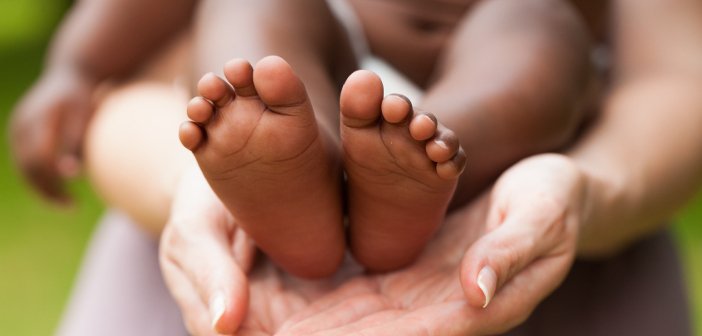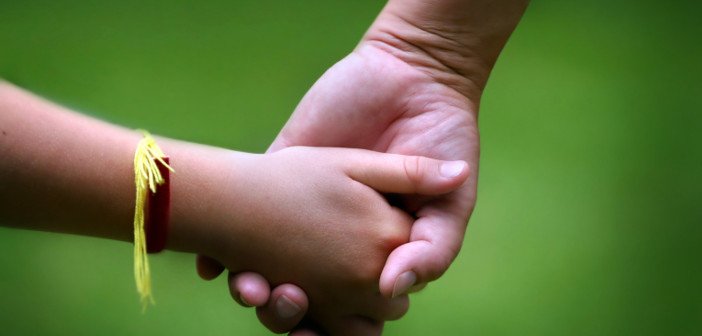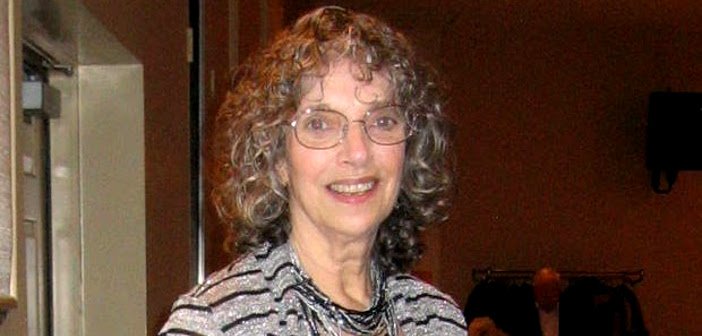Adoption and Race | Personal “Interventions” are Disguising Institutional Racism
* This article is about adoption in America specifically.
Last Thursday, The Washington Post published a piece written by a self-described “white Evangelical” named Aaron Halbert about the decision he and his wife Rachel (pictured above) made to “give birth to black triplets.” Reading the article provokes an unequal mixture of intrigue and discomfort, particularly due to the questionable motivations of the couple. The overwhelming reaction, though, is a feeling of disbelief at the adoption procedures themselves.
The family previously adopted two African-American children as infants, and their recent triplets were born through “embryo adoption,” as termed by the National Embryo Donation Centre, a Christian embryo bank in Tennessee. It was here that Rachel and Aaron specifically – and successfully – requested African-American embryos. Halbert couches the desire for racial diversity amongst his family in religion, consistently claiming that “God’s creative brilliance” and “scripture” direct himself and Rachel in their decisions and beliefs. He also cites their anti-abortion (“pro-life” in his terms) stance in their choice to prevent frozen embryos from destruction.

Daniela Hernandez, in her 2015 piece on what she terms “the wild west of the embryo ‘adoption’ industry,” observes the “convergence of two seemingly unlikely bedfellows: reproductive technologies and the conservative right.” It might seem unlikely, but what her article ignores is that technological advancements have only multiplied a racism that is already pervasive in other adoptive practices.
Conventionally, adoption as a term has applied specifically to living children, and racist discrimination has been legislated against in this case. The Multi-Ethnic Placement Act (1994) was implemented to eliminate race and ethnicity as a factor in approving, denying or delaying adoption, with regard to both children and potential parents involved. However, this act only applies to federally-funded adoption clinics, meaning many private and “independent” avenues for adoption (the most popular in adopting infants) can retain policies of explicit discrimination.[pullquote]Daniela Hernandez observes the “convergence of two seemingly unlikely bedfellows: reproductive technologies and the conservative right.”[/pullquote]
Such discrimination is highlighted in a particularly shocking NPR article titled “Black babies cost less to adopt,” in which it is revealed that in certain states, the financial costs of adoption fluctuate wildly based on race and ethnicity. This is because they operate on a sliding scale based on the race of potential adoptees. If anyone ever attempts to defend racism based on “supply and demand” economics, these practices of valuing children based on their racial or ethnic background provides a particularly emotive retort.

If religious and abortion stances can be put aside momentarily, the desire to challenge and overcome stigma surrounding race and adoption in social scenarios should be commended, and there’s evidence of this in Halbert’s article. He writes that the racial diversity of his family is “something that to others often needs much explaining.” He continues to state that “It’s not that we think race doesn’t exist, or that we don’t see it. In fact, it’s the opposite – we see it, and we embrace it.” These are encouraging words, simultaneously hinting at the ignorance to which society is prone regarding interracial adoption and openly acknowledging the positivity of diversity.
However, the following extract disturbs any notion of Halbert as a kind of anti-racist campaigner: “There is something beautiful and enriching being the only white face sitting and chatting with some of my African-American friends as my son gets his hair cut on a Saturday morning.” This line epitomises the hierarchies of racial agency in which his article is embedded: what “enriches” Halbert is not his African-American friends, but his own solitary whiteness amongst them. His pride seems personal, not communal, internalising the very inequalities he claims to be tackling.
If the Halbert family’s desire to request a non-white adoptive child to tackle racism in adoption is, in some sense, commendable, the very ability to do so is worrying. “Knowing that it is often more challenging to find adoptive homes in the United States for non-Caucasian children,” Halbert writes, “we informed the agency that we were willing to accept any child except a fully Caucasian child.” There is a deep racism in the fact that potential parents can categorically state a racial or ethnic preference and literally refuse particular embryos based on these factors.
The Halberts rightly recognise that “non-Caucasian” children are less likely to be adopted in America, but they have decided to personally circumvent rather than politically challenge this problem. Decisions to embrace multi-ethnic family structures shouldn’t be left to individuals to make at their whim, but should be embedded in the architecture of adoption laws and policies.
Of course, one of the reasons people can make such choices is because they are being offered to them, by more sources than you might think. The 2011 report from the Child Welfare Information Gateway (CWIG) sheds light on just how many forms of adoption exist in America: public agency, private agency, independent, intercountry, amongst others. Writing in 2014, Mirah Riben outlines multiple difficulties adopted children have in accessing their personal records.[pullquote]If the Halbert family’s desire to request a non-white adoptive child to tackle racism in adoption is, in some sense, commendable, the very ability to do so is worrying.[/pullquote]
Birth certificates of American-born adoptees are only completely accessible in eight states as of 2016, and Riben notes that “Domestic adoptees are denied the names of their first parents and thus their updated family medical history.” The records of foreign-born adoptees, meanwhile, remain in their birthplaces. The CWIG report claims that approximately 135,000 children were adopted annually in the United States between 2007 and 2008, a 15% increase since 1990. 2013 was the first year that statistics were kept for donated embryo births: approximately 1,100 inseminations took place, resulting in over 400 births. These figures suggest that as the scale of adoption rises, so too will medical, legal and inevitably social issues for adoptees until civil rights laws surrounding personal information are revised.

[pullquote]Decisions to embrace multi-ethnic family structures shouldn’t be left to individuals to make at their whim, but should be embedded in the architecture of adoption laws and policies. [/pullquote]
In an introductory piece to a recent series by Catapult authored by adopted writers, Nicole Chung argues that adoptive children rarely get to tell their own stories. Chung, managing editor of The Toast and herself a Korean-American adopted by white parents, notes that “Adoptees are still trying to find the space to write our lives, instead of being written about.”
This article is focused on the institutional mechanisms of adoption; not just to call into question the logic of the Halbert family, but to bring adoption more directly into public consciousness. It may be a morally complex issue, and perhaps that is part of the reason why it is rarely a focal point of mainstream media. But it’s also exactly why it needs space and attention.
